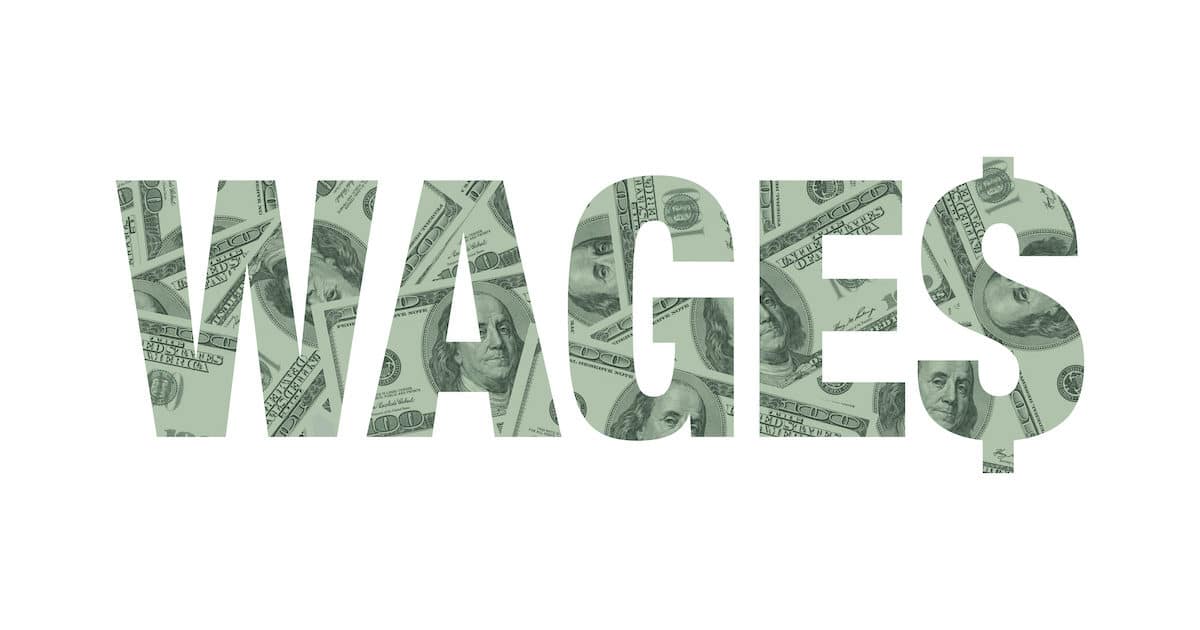
Wages, or average hourly earnings (AHE) for all employees on private nonfarm payrolls, increased by 3.0% over the last 12 months in October. The Bureau of Labor Statistics (BLS) released the Employment Situation — commonly referred to as the monthly jobs report — for October on Friday.
The U.S. economy added far more jobs than the consensus forecast and the unemployment rate hit barely edged higher to 3.6%. Black unemployment fell to a new all-time low at 5.4%.
While forecasts for wage growth ranged from a low of 2.8% to a high of 3.2%, the consensus forecast was 3.0%. It represents a reversal of a feared-decline and a rebound to post-recession historically high levels.
In August, wage growth at 3.2% had met or surpassed 3% on a seasonally adjusted annual basis (SAAR) for 13 consecutive months, and had exceeded 3% for the 11th consecutive month.
In September, it initially dipped moderately to 2.9%, though a still solid gain. However, it was revised higher in the report released on Friday.
“Once again, Americans are receiving more money in their paychecks, as year-over-year wage growth rose by 3.0%,” U.S. Secretary of Labor Eugene Scalia said in a statement. “Wages have grown at or above 3.0% for 15 straight months, including September’s increased revision.”
As People’s Pundit Daily (PPD) previously reported, data indicate wage growth in 2019 was likely stronger than we currently believe.
Annually revised data from the Bureau of Economic Analysis (BEA) revealed wages grew even stronger than initially reported in 2017 and 2018, the first two years under the Trump Administration.
More moderate gains reported for the tenure under Barack Obama, were revised further down.
Compensation increased 42% more during the first two years of the Trump Administration than in latter two years under the Obama Administration in 2015 and 2016.
Employee compensation rose 4.5% and 5% in 2017 and 2018, respectively. That’s roughly $4.4 billion and $87.1 billion more than initially reported.
In the fourth quarter (Q4) 2018, wages posted the biggest gain (3.1%) since Q3 2008, hitting that mark for the first time since the Great Recession.
That trend — while temporarily disrupted in September — has now more clearly continued into 2019.
Compensation rose $378 billion, or 3.4% in the first six months of 2019. That means employee compensation in the first six months of 2019 gained $150 billion more than all of 2016.





